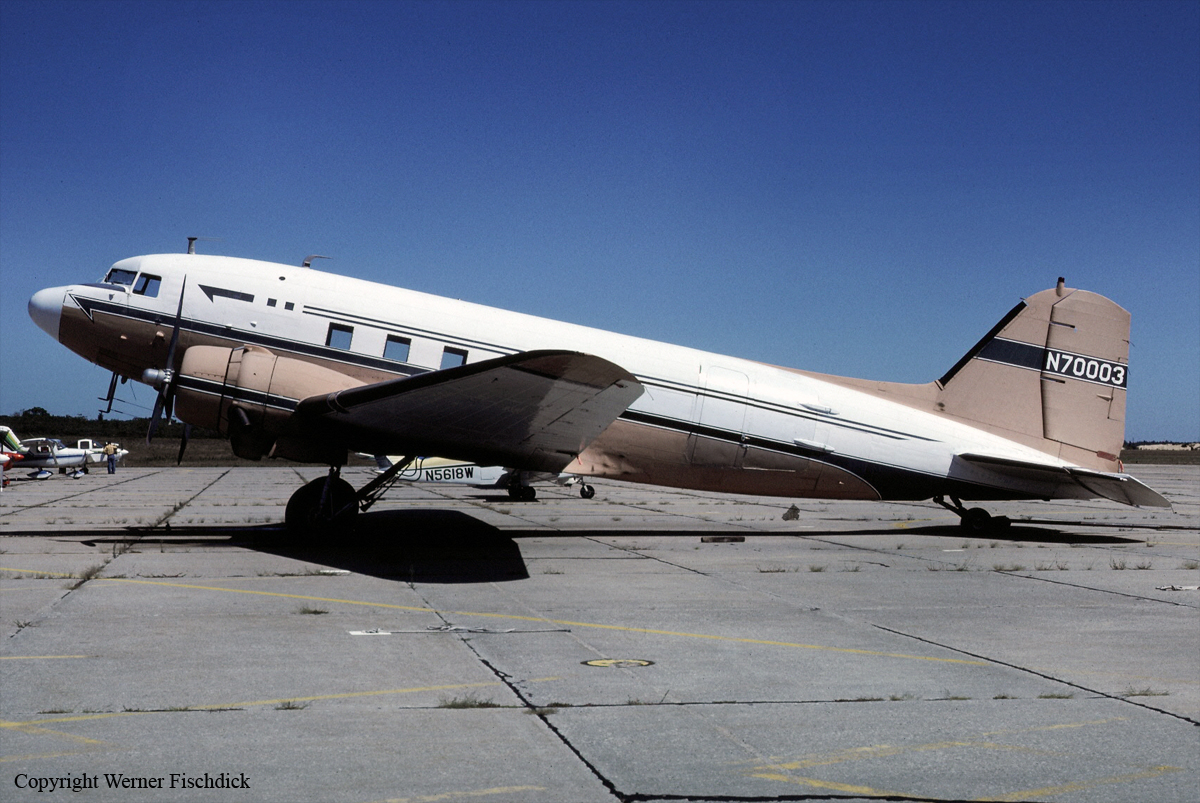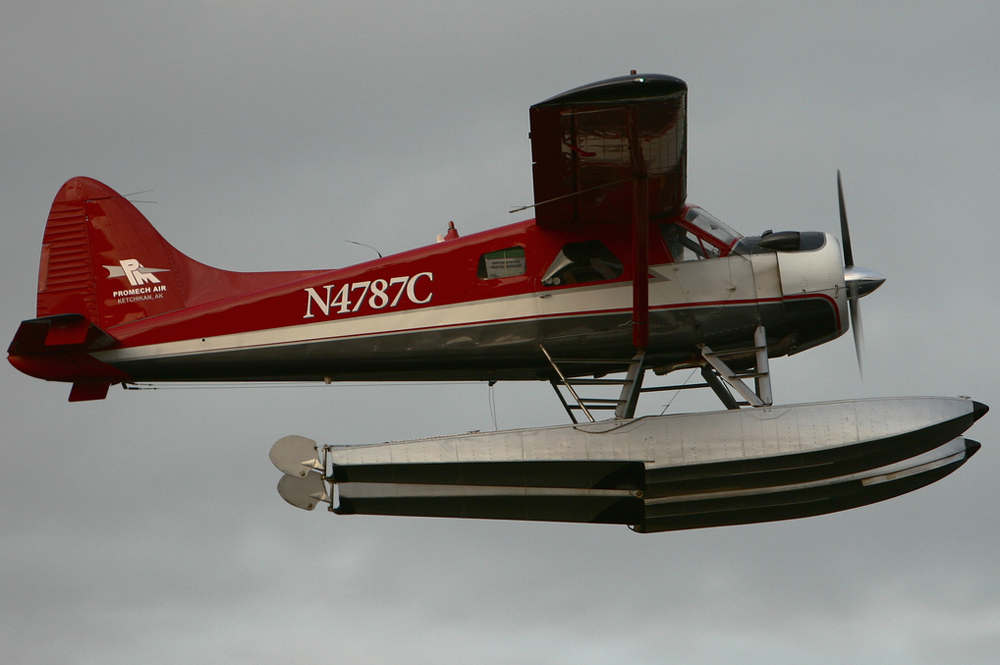Crash of a Cessna 414 Chancellor in Rutland: 1 killed
Date & Time:
Aug 24, 1984 at 1050 LT
Registration:
N18SM
Survivors:
No
Schedule:
Worcester - Rutland
MSN:
414-0548
YOM:
1974
Crew on board:
1
Crew fatalities:
Pax on board:
0
Pax fatalities:
Other fatalities:
Total fatalities:
1
Captain / Total hours on type:
1800.00
Aircraft flight hours:
1852
Circumstances:
The pilot was executing a second attempt for an instrument approach to runway 19, following a missed approach on the first attempt. The pilot last reported over the iaf, 9 miles north of the airport. The aircraft collided with a mountain at an elevation of 1,700 feet and 5 miles south of the airport. The wreckage was oriented on a 190° magnetic heading and near the extended centerline of runway 19. The mda for the approach is 1,680 feet msl. The map is a climbing right turn to 5,000 feet direct to the iaf. The airport is surrounded by mountains. The landing gear and flaps were found extended. Examination of the aircraft disclosed on evidence of malfunction. Both occupants were killed.
Probable cause:
Occurrence #1: in flight collision with terrain/water
Phase of operation: approach
Findings
1. (f) weather condition - low ceiling
2. (f) terrain condition - high terrain
3. (f) terrain condition - mountainous/hilly
4. (c) ifr procedure - not followed - pilot in command
5. (c) missed approach - not performed - pilot in command
Phase of operation: approach
Findings
1. (f) weather condition - low ceiling
2. (f) terrain condition - high terrain
3. (f) terrain condition - mountainous/hilly
4. (c) ifr procedure - not followed - pilot in command
5. (c) missed approach - not performed - pilot in command
Final Report:







